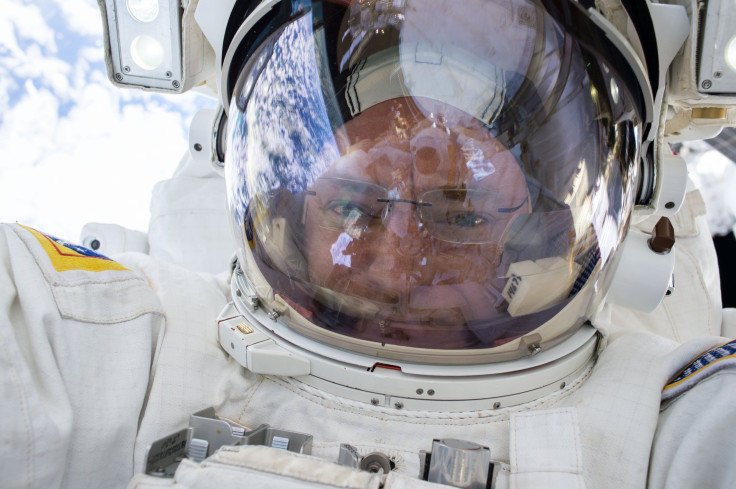A Year In Space Made Scott Kelly Temporarily Taller, Younger Than He’d Otherwise Be

When American astronaut Scott Kelly arrived in Houston Thursday after spending 340 consecutive days in space, he was two inches taller than when he left for the International Space Station. Not only that, Kelly, 52, is now also one-hundredth of a second younger than he’d otherwise be, as Neil deGrasse Tyson helpfully pointed out.
Welcome back to Earth, Scott Kelly. After a year in orbit, Relativity says you’re 1/100 sec younger than you’d otherwise be.
— Neil deGrasse Tyson (@neiltyson) March 2, 2016
The explanation for this can be found using Einstein’s special theory of relativity and a surreal phenomenon known as time dilation. Since the ISS orbits at about 17,000 miles per hour relative to the Earth’s surface, time “stretches out” for those on it, relative to Earth. While this is offset, to a certain extent, by weaker gravity, which, according to the general theory of relativity, speeds up time — à la “Interstellar” — the overall impact is that Scott is now an additional 8.6 milliseconds younger than his twin Mark.
Unlike the extra time, however, the height gain is not permanent. Since there is no gravity in space pulling down on the human body, discs between the vertebrae expand and lengthen the spine.
“Astronauts get taller in space as the spine elongates,” Williams told CNN. “but they return to preflight height after a short time back on Earth.”
Apart from these more obvious effects, a year in space can do a lot of weird things to one’s body, mind, and even the bacteria that reside in the gut. Understanding the effect of space travel was the main reason why Scott was shipped off to the ISS, while his brother was kept firmly earthbound. The Kellys were part of NASA’s “Twins Study,” which seeks to provide a broader insight into the subtle effects and changes that may occur in spaceflight by comparing two individuals who have the same genetics, but are in different environments for one year.
Through the year, Scott has been taking blood samples each time a shuttle is about to head back to Earth, allowing scientists to study fresh, unfrozen cells just hours after they're drawn. Meanwhile, Mark has also provided countless samples of his own, and has been subjected to the same psychological and cognitive tests his brother completed in space.
The hope is that data will highlight some of the most worrying physiological and psychological hurdles to spending months or years in space — allowing scientists to find solutions to these problems before NASA attempts a flight to Mars and beyond by sometime around 2030.
“NASA is working on this science project that’s the greatest in the history of civilization,” Andrew Feinberg, director of the Center of Epigenetics at the Johns Hopkins Medical School, told the Washington Post. “They’re turning humankind from an Earth-dwelling species into a space-exploring species. One day, humankind will be a species that can settle on other planets. It might be a hundred years before we have humans living on Mars, but this is a whole new kind of science. It’s a multi-generational effort.”
© Copyright IBTimes 2025. All rights reserved.






















